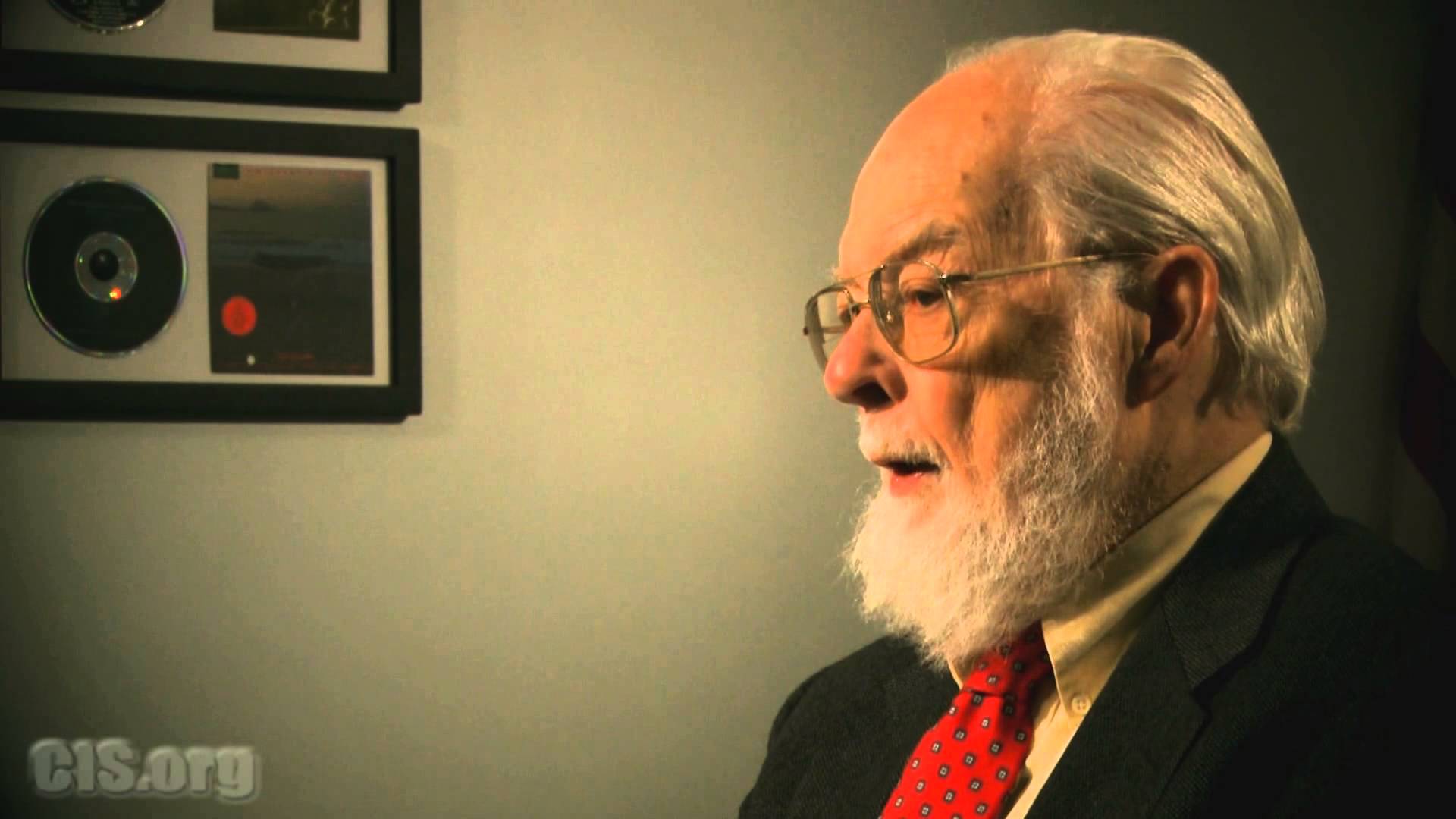
This article was last updated on May 25, 2022
Canada: ![]() Oye! Times readers Get FREE $30 to spend on Amazon, Walmart…
Oye! Times readers Get FREE $30 to spend on Amazon, Walmart…
USA: ![]() Oye! Times readers Get FREE $30 to spend on Amazon, Walmart…
Oye! Times readers Get FREE $30 to spend on Amazon, Walmart…
There are two reasons why the state of South Dakota lost tens of millions of dollars from its treasury due to its strange handling of the EB-5 (immigrant investor) program:
- The surrender of a state-owned money-maker (the EB-5 regional center) to private interests under mysterious circumstances during the Rounds administration, which has been the subject of much controversy in the current U.S. Senate campaign, and
- A factor not previously discussed: the extreme fees charged to alien investors by the state’s de facto monopoly regional center. If the fees had not been so large, there would be much less missing money to worry about.
In the immigrant investor program, alien investors put up at least $500,000 toward a business project (usually real estate) within the United States. If all goes well after two years, the investors, their spouses, and all their kids under the age of 21 get legal residence in the United States, as signified by a collection of green cards. That part of the deal is regulated by the U.S. Department of Homeland Security.
The press has often used the term “earned” in connection with the aliens getting the green cards; “bought” is the correct word.
DHS does nothing to regulate the size of the accompanying fees that the middlemen in the EB-5 program can charge, and it is the fate of these fees that has been the subject of controversy in the Senate campaign of former Governor Michael Rounds (R), who was in office when the EB-5 program was riding high.
In South Dakota, the fees went to a regional center that was, until 2009, a part of state government. In that year, Joop Bollen, the state employee in charge, signed a contract with a private contractor to handle the program just as the fee income was about to rise, as has been previously reported. Bollen himself had created the private firm in question only days before the contract was signed.
All of this is well known. What is new is how much South Dakota’s regional center charged to the alien investors and how those fees compare with similar fees across the country.
the EB-5 Visa Program:
Unfortunately, due to the laxness of the federal and state administration of this program, there are no hard facts on the totality of the South Dakota fees, but it appears that they, over time, amounted to at least $100,000 per investment in the state. These fees were largely levied on alien, would-be investors. (Minnehaha County Commissioner Jeff Barth, in an action filed in federal court, said there were “one-time fees of at least $85,000 and ongoing annual fees of $10,000 and an additional 1 percent ownership stake in the projects.”)
Barth said that there were 800 such fees; that would produce a total of at least $80 million. This total is over and above the actual investments made through the EB-5 program.
In contrast, Vermont, the only other state to run the EB-5 program through a state office, used to make a one-time charge of $1,500 per investment, and now charges $2,000.
In Vermont, these fees are charged not to the investor, but to the project using the money. Vermont does, however, allow the projects to lay a fee of $35,000 on the aliens, but the state government never sees that money.
In Vermont, unlike South Dakota, there have been no bankruptcies of EB-5-funded projects. The demise of a huge, brand-new beef slaughterhouse in Aberdeen was one of at least three such business failures associated with the program in South Dakota. Vermont also has no whisper of violence associated with its program; in contrast, Richard Benda, a major EB-5 player and a former member of Governor Rounds’ state cabinet, died of a shotgun blast to his stomach, which has been ruled a suicide by the state’s Attorney General.
There are three reasons why investors, mostly from China, did not flock to Vermont and abandon South Dakota: 1) the EB-5 program is far from transparent at all levels, so few if any of the investors knew about the different fee levels; 2) the investors are much more interested in buying green cards than in what happens to their investments; and 3) some of the grim events noted above happened after the South Dakota investments were made.
We at CIS did an informal survey of the private-for-profit EB-5 regional centers that predominate in this program, searching several dozen websites to get information on the size of the fees. We found that most regional centers simply do not supply that data, and that those that do announce charges in the $30,000 to $55,000 range.
So South Dakota’s mysterious EB-5 regional center was getting two to three times as much money as other regional centers, but none of it apparently wound up in the state’s coffers.
Click HERE to read more

Be the first to comment